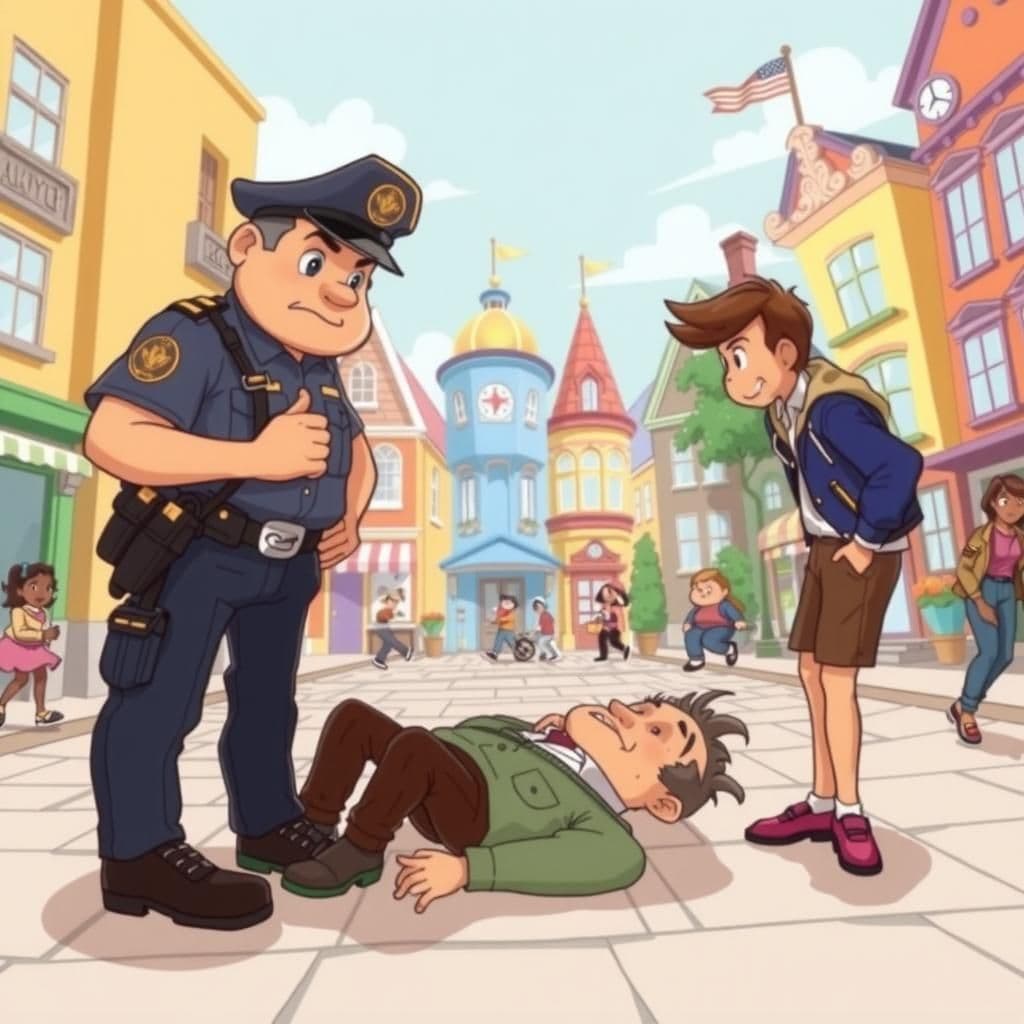Truth and the Traveller

Story Summary
In "Truth and the Traveller," a man wandering through a desolate desert encounters a woman named Truth, who explains she resides there to be close to her worshippers, often cast out from society. This poignant fable story with moral highlights the solitude faced by those seeking genuine truth, making it a concise moral story that resonates even in humorous tales for kids. Ultimately, it reminds us that true understanding often comes from embracing hardship and isolation.
Click to reveal the moral of the story
The moral of the story is that truth often resides in the most desolate places, sought out only by those who are willing to confront their solitude.
Historical Context
This story echoes themes found in various philosophical and religious traditions, including the allegorical use of Truth as a character in works like Plato's "Allegory of the Cave" and the moral teachings of figures such as Socrates. The desert setting symbolizes isolation and introspection, reflecting cultural narratives where seekers often confront profound truths far from societal comforts, reminiscent of tales from both Eastern and Western literature. The dialogue highlights humanity's struggle to confront deeper realities, a motif prevalent in many retellings across cultures.
Our Editors Opinion
This story highlights the often solitary journey of seeking truth, which remains relevant in a world filled with misinformation and superficial connections. In modern life, a scenario could involve a journalist uncovering uncomfortable truths about societal issues, facing backlash and isolation from peers, yet finding purpose in their commitment to authenticity and integrity.
You May Also Like

The Overlooked Factor
In this culturally significant moral story, a man who meticulously bred his dog to produce exceptional offspring laments the dullness of his own children after marrying his washerwoman. The dog, overhearing his complaint, suggests that the differences in their progeny may not solely be attributed to the mothers, hinting at the man's own qualities as a factor. This short story delivers simple lessons from stories about the importance of self-awareness and the role of personal choices in shaping outcomes, making it a compelling addition to any collection of best moral stories.

The Two Dogs
In this concise moral story, a Hound complains to a Housedog about receiving a share of the spoils despite not hunting. The Housedog explains that it is the master's choice to teach him to rely on others, highlighting the lesson that children should not be held accountable for their parents' actions. This easy small story with moral serves as a reminder for class 7 students about fairness and responsibility.

The Policeman and the Citizen
In "The Policeman and the Citizen," a misguided policeman, mistaking a man in a fit for a drunkard, attacks him and then turns his aggression on a questioning citizen. This encounter leads the policeman to realize that targeting the sober is easier, allowing him to rise to the rank of Chief while sobriety vanishes from his jurisdiction. This engaging moral tale imparts lessons from moral stories about the dangers of misjudgment and the corruption of power, fitting seamlessly into collections of life-changing stories with moral wisdom.
Other names for this story
Journey of Truth, Desert Encounters, Truth in the Sands, The Truth Seeker, Wanderer and Wisdom, Oasis of Truth, The Truthful Traveler, Meeting with Truth
Did You Know?
This story explores the theme of the solitude that often accompanies the pursuit of truth, suggesting that genuine understanding and authenticity are frequently found in isolation, away from societal distractions and superficiality. The desert symbolizes both the harshness of reality and the clarity that comes when one confronts the deeper truths of existence.
Subscribe to Daily Stories
Get a new moral story in your inbox every day.